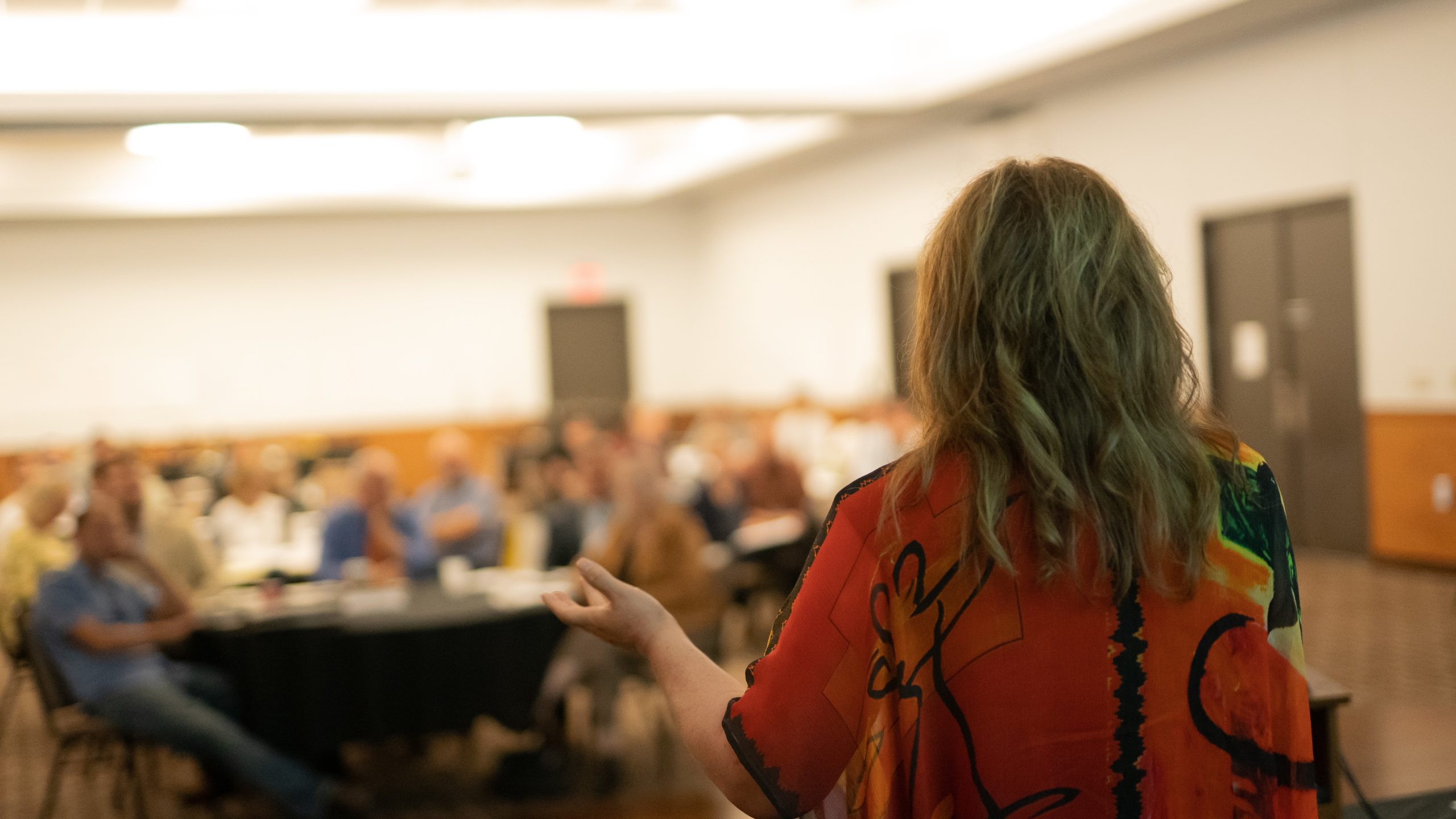Effective Communication with the Community

Despite the lack of knowledge among many individuals regarding the workings of their local water utility, the expectations of customers concerning drinking water tend to be high. These expectations, however, do not account for the challenges faced by utilities, particularly smaller ones, in delivering their product. When issues arise or changes must be made, customers often do not understand why their expectations are not met. As such, utilities need to ensure that their customers are aware of the challenges they face so that their expectations align with reality. Consistent communication with customers is crucial in building community understanding of the system.
Water utilities rely on their customers to comprehend how the system operates and the difficulties it encounters to secure community support for present operations and future enhancements. A utility should educate consumers on the source of their water and the procedures required to provide safe and clean drinking water. Utilities should also communicate any ongoing issues, such as a lack of staff, insufficient funding, difficulties in complying with increasing regulations, and challenges encountered when dealing with source water. Community support is critical when situations arise that are usually met with agitation or resistance, such as issuing a boil order, blocking traffic for repairs, or raising rates.
There are methods by which a system is required to communicate with its community, such as the Consumer Confidence Report (CCR) Rule mandated by the EPA, which necessitates that all public drinking water systems send water quality reports to their customers. In some states, utilities must also keep track of customer complaints. Although these are two effective ways to exchange information, systems should be proactive and take further steps to connect with their customers. A multi-faceted approach is ideal for educating customers who are likely to have little knowledge of water system management difficulties. Below are some methods utilities can use to increase communications with their customers:
- The utility should actively seek feedback from the community about their experiences and expectations. If a utility is not actively soliciting feedback from the community, it is likely only receiving feedback in the form of complaints. Complaints provide valuable information about what users expect from a system, but usually not under the best of terms. Feedback can be solicited through other means, such as making phone calls, sending out surveys with bills, or participating in local events. Actively seeking feedback aims to increase utility and customer interaction, providing the utility with an effective line of communication to share information.
- The utility’s staff and information should be accessible to users. Ensuring that staff and information are available to customers demonstrates that they can quickly receive answers to their questions. One way to achieve this is through in-person events. Some utilities have begun setting up booths at farmers’ markets and festivals, enabling employees to interact with customers and become seen as active members of the community. Utilities can offer classes for customers or incorporate education into an annual meeting. Lastly, utilities should encourage customers to call the office with questions and make this information available on a website or email.
- Inviting the community to meetings is also recommended. An annual meeting is an excellent opportunity to educate customers about the system, but inviting users to monthly meetings can increase the likelihood of gathering feedback, educating, and answering questions. Information about meetings should be posted in multiple locations frequented by customers, including the post office, libraries, and churches. The event should be posted online on the utility’s website or social media and promoted frequently through social media campaigns.
There are various ways to improve communication with customers, and utilities should choose the methods that best suit the community they serve. Engaging with customers can lead to a more supportive customer base. An informed community of customers is more likely to comprehend the challenges faced by the system and support the needs of the utility.
